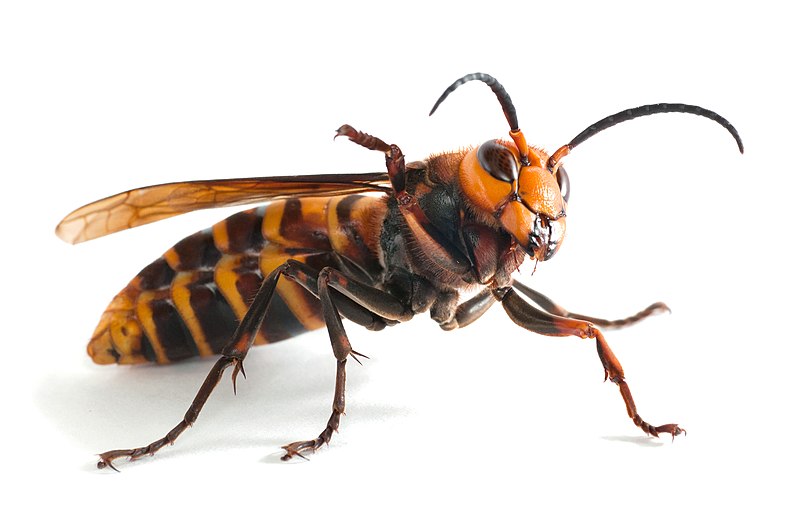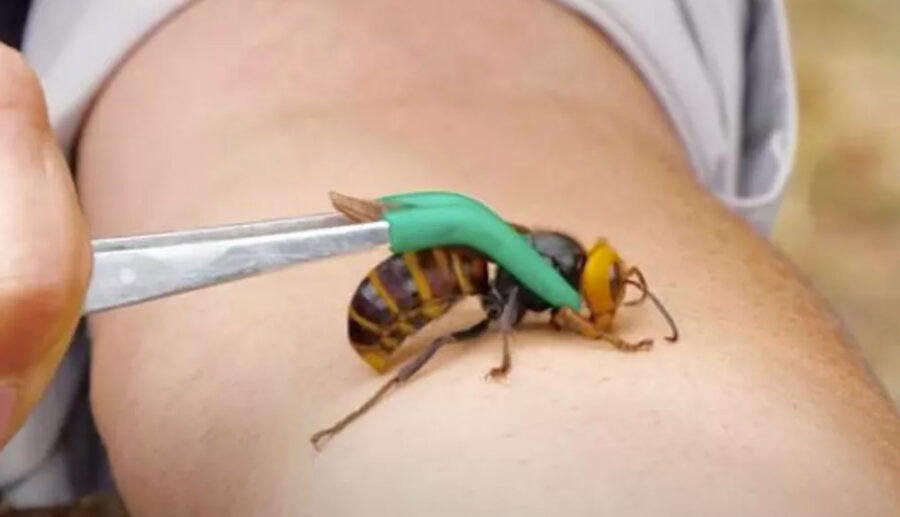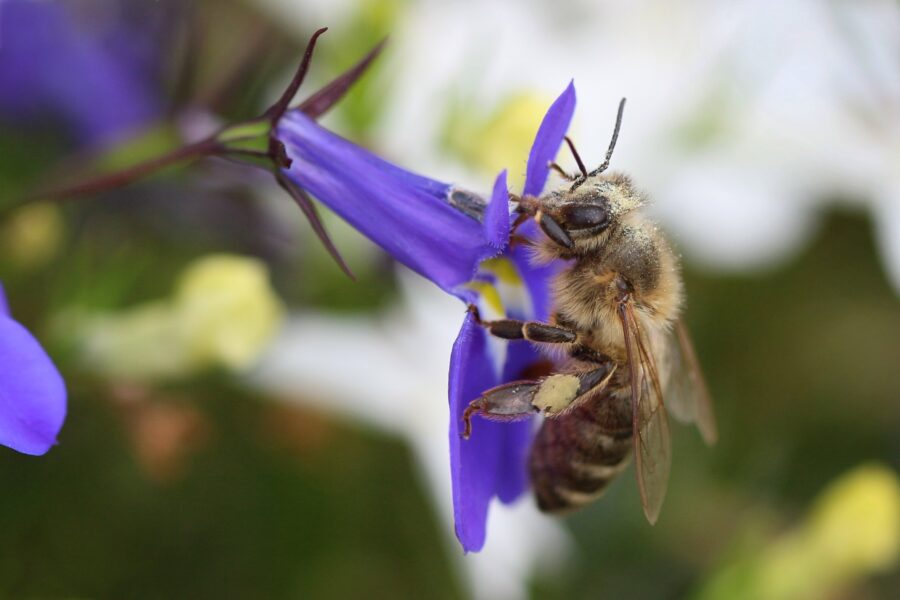Giant Asian Murder Hornets: See What It’s Like To Get Stung By One
Are those giant Asian Murder Hornets you've been hearing about real? Simply put, yes.
This article is more than 2 years old

Are those giant Asian Murder Hornets you’ve been hearing about real? Simply put, yes. They are real and they can be quite dangerous. But have they made their way to the United States and, if so, just how worried should we be?
WHAT ARE GIANT ASIAN MURDER HORNETS?
They are actually called the Asian Giant Hornet or Japanese Giant Hornet (Vespa mandarinia) and are predator hornets native to East Asia and Japan. Technically speaking, a hornet is a large wasp and unlike a bee, when a wasp stings it will not lose its stinger. It can keep stinging. They do have a very specific look to them, easily identified not only by their size but appearance. Their head is large, yellow-orange in color, they have long teardrop-shaped eyes with large mandibles and orange and black stripes.
CAN THEY REALLY MURDER HUMANS?

Asian Giant Hornets have definitely have been known to kill humans. Calling them giant murder hornets is at least directionally accurate.
This species of hornet can grow up to two inches in length. With their large size, it also stands to reason their stingers are quite formidable. The stingers carry toxic venom, mainly used on their prey but there have been instances when their prey has been a person.
Here’s what it looks like to get stung by a Giant Asian Hornet…
Chris Looney is an entomologist at the Washington State Department of Agriculture. He says the insects “are pretty formidable.” The Hornet had been spotted in Washington State and while he wasn’t thrilled with the “murder hornet” label the insect was given, he does feel there could be an upside to it. “It does seem to have gotten people’s attention. I just hope the sensational ‘murder hornet’ coverage helps us understand our ecosystems a little better.”
But there is reason these beasts with wings received have earned their giant murder hornet nickname. The average deaths in Japan from Asian Giant Hornets are in the 30-50 range yearly. The population of these hornets was high in 2013 and in one single Chinese province, they killed 42 people.
So, the facts can back up the name. But let’s not get too crazy with this. It’s not like the hornets go out of their way looking for humans to attack. Like most insects of this nature, they attack when disturbed or when people are near their hives.
THE TRUE DANGER OF GIANT ASIAN HORNETS

The true danger to humans is not in attacks from the giant asian hornets themselves. No, the true danger is that they have an affinity for honeybees. Asian Giant Hornets are voracious eaters and honeybees, or bees in general, are what they love to snack on most.
Their attack on honeybees, as Looney explains, begins with the “slaughter phase.” This is where the hornet finds honeybees and bites the heads off of them with their large mandibles. They can take out an entire colony this way.
After the slaughter phase, the giant asian hornets begin to feed. They occupy the honeybee nest for a week or even longer, feeding on the larvae and pupae. They will then feed it to their young.
Bees are known critical pollinators, so this hornet poses a big threat to our ecosystem. European honeybees are the most common and have no known defense against the Asian Giant Hornet. In fact, these bees have been observed trying to defend themselves, stinging the hornet, but their sting showed no effect whatsoever.
In contrast, the Japanese honeybee has found a way to protect themselves from this onslaught. They swarm around the invaders and beat their wings until they can reach a temperature of over 115 degrees Fahrenheit. They cook the hornets to death while suffocating them with carbon dioxide.
See the Japanese honeybee in action, defeating an Asian Giant Hornet…
ARE MURDER HORNETS IN THE UNITED STATES?

The body of a single Asian Giant Hornet was found near Blaine, Washington. No live insect was ever found, but the farmer who found the dead one claims he also saw a live one, which flew away. This was in late 2019 and so far, they not seen in the United States in 2020.
That might sound comforting, but Giant Asian Hornet nests go dormant in the winter and wouldn’t have been around until Summer anyway. Meanwhile the sighting near Blaine does suggest that there is at least one colony nearby.
It will be imperative to find this colony or colonies if the queens have since mated, and destroy them. Looney is hoping they’ll be able to track them down as researchers have shown, 50 or fewer stings, which are very painful, can cause death and their quarter-inch long stingers are known to penetrate protective clothing that beekeepers wear.
No need to panic about Giant Asian Murder Hornets yet, but be on the lookout if you live in Washington State.












